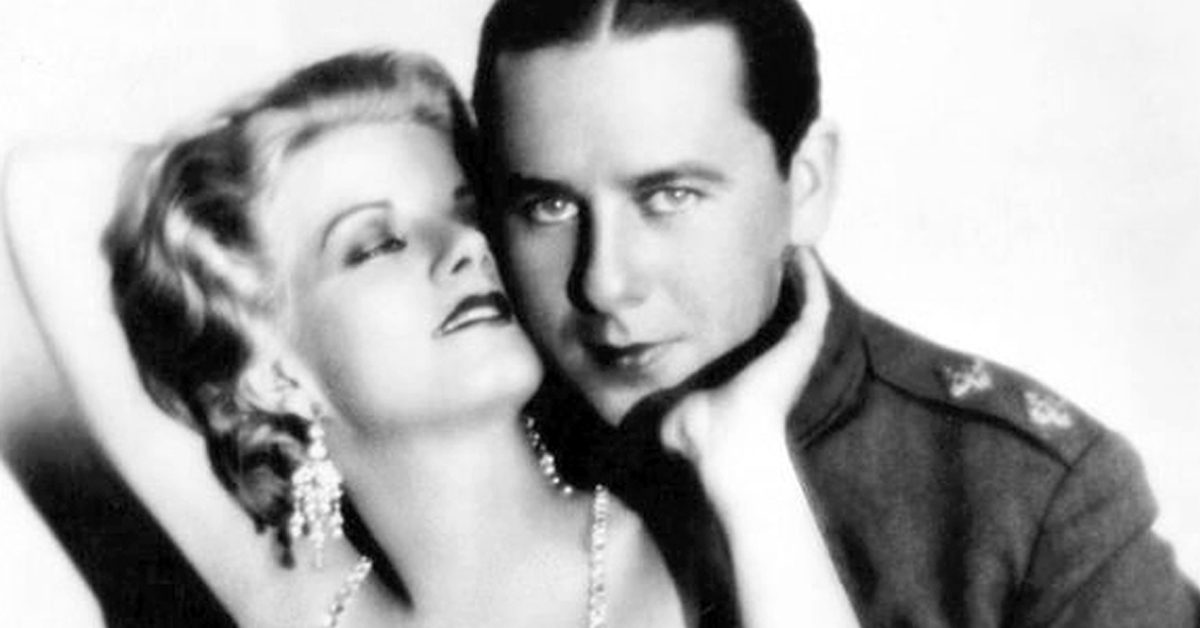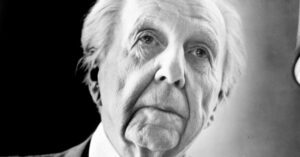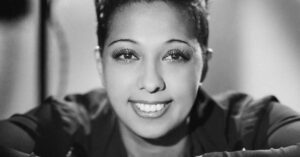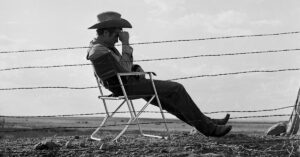The at times breathtaking and extravagant Hell’s Angels was a milestone of cinema. While uneven, and its acting dated, the air-war action scenes are real, are authentic, and represent surely some of the most exciting footage extant anywhere on film.
It is long a cliche’ now, but the line was fresh then, and so was Jean Harlow in Hell’s Angels when she seduced Ben Lyon by asking, “Would you be shocked if I put on something more comfortable?” She was practically naked to begin with, so Lyon might well have wondered if Harlow was going to put on some clothes to get warm. She wasn’t.
Novice producer Howard Hughes based his dream aviation epic upon the adventures of the Royal Flying Corps versus Germany’s daredevil pilots in World War I. He intended this picture as a super cololssal production, with thrill sequences to eclipse all other movies ever made, or ever to be made. Because all he had was a fortune of money, with no film production experience, Hollywood insiders scoffed at anything the young Hughes said, or tried, and few had any faith in his wild plans.
During the winter of 1927 — still the era of silent films — Hughes travelled throughout Europe, purchasing authentic British and German aircraft that had been utilized to prosecute The Great War. He hired pilots and war veterans. His eventual fleet of air ships could have challenged the air corps of most existing countries!
By the time Hughes was finally ready to issue his picture, the sound films revolution had begun. Hell’s Angels, the most expensive film ever made to date, was going to be unreleasable!
To salvage his project, Hughes had to reshoot everything not shot in the air. The leading lady, however, was Greta Nissen. Her Norwegian accent meant she could not pass for British. She was out. Hughes had to re-cast her role. Top, established actresses, however, steered clear of what appeared to be a fiasco.
Hughes looked at a dozen prospects, and rejected them all. Then following a screen test, he signed nineteen year-old Jean Harlow to play the film’s temptress, at $100 per week.
Although Harlow became a wonderful comedy actress, she was extremely limited while filming Hell’s Angels. Her experience consisted of bits in silent shorts for Hal Roach, and work in features as an extra. The screenwriter, Joseph Moncure March’s first impression of Harlow: “She had absoluetly nothing.” She was supposed to seduce the leading man, Ben Lyon, in perhaps the most famous scene in the picture. “The harder she tried, the worse it got,” March recalled. “Finally, in despair, she said to the director, ‘Please tell me again exactly how you want me to do it.’
“‘My dear Miss Harlow,’ came the answer, ‘I can’t tell you how to be a woman.'”
The fact was, that Harlow, while free with her favors, was privately nothing like the part she played here, or in most of her subsequent films. According to her agent, Arthur Landau, Harlow was shamed by her fame, “hated herself, and wanted to quit and go work in a store,” he said. But her strong-willed stage mother would not allow that.
In Hell’s Angels, Harlow showed that she couldn’t act, not yet anyway. But she did have star quality. That was enough.
When it was all over, Hughes and his three directors had filmed 560 hours of film. To produce two. Hughes wanted realism. He got it. Nothing was faked. The aerial scenes were, and are spectacular.
Red, blue and lavender tints were used in almost half the scenes, and there is an eight-minute ball sequence shot in two-color Technicolor. These scenes represent Harlow’s only color footage. Her eyes were green. The color sequence was long believed to be lost, until a worn nitrate exhibition print turned up in the garage of John Wayne!
At last, after three years, the Hollywood premiere — unquestionably the most grandiose of all time — was staged May27, 1930 at Grauman’s Chinese Theatre on Hollywood Boulevard. Fifty plans buzzed the area to herald the opening as 50,000 fans, including the industry’s elite, crushed around the theater, choking Hollywood Boulvard as far as anyone could see.
The Los Angeles police department called for the National Guard to quell the mob and restore order. Stars like Charlie Chaplin — biggest in the world — found themselves trapped, in terror, in the midst of this extravaganza (all of which Nathaniel West later adapted for his sensational novel The Day of the Locust). Harlow was two hours late getting inside the theater. She did not remember seeing the picture that night, and later when she toured with the film around the country she made a point of not watching it.
“If I had to look at myself (in Hell’s Angels), I’d lose all confidence in my ability,” Harlow explained. “I’d feel there was no hope.” She would appear on stage and say, “I know I’m the worst actress that was ever in pictures, but I can learn, and I will.”
She did.
The show-biz bible, Variety, as usual, was dead-on, and reported, “That it will ever pay off for the producer is doubtful … he’s in so deep it can’t really matter to him now. Minus blue nose interference, it can’t miss, but it’s up to the brim with sex….(Harlow) will probably have to play these kind of sexy roles, but nobody ever starved possessing what she’s got.”




